Butterfly gardens, hummingbird plants, and saving the honey bees- OH MY! When I embarked on my outdoor classroom journey I knew I wanted to incorporate some sort of a butterfly garden in the space. What I never imagined was all of the other cool creatures we would see.
Butterfly Gardens – The First Step:
In a child-centered program, the educator follows the children’s interests. And when students become obsessed with butterflies, honey bees, and ladybugs a learning garden is born. I found a local nursery to help me on my journey. I researched butterfly gardens. Plus I recruited a Master Gardener, to help me learn about easy to care for butterfly plants.
In a few short weeks, I had a space that was inviting, promoted learning, and was home to many new butterfly specimens and their friends.
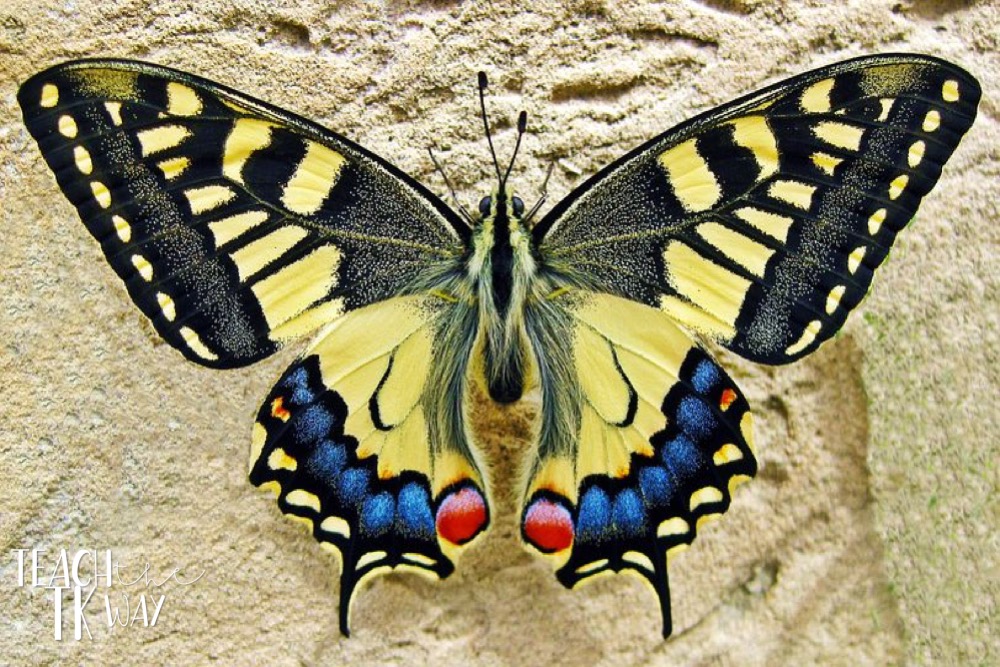
Evolution of the Butterfly Garden:
Our butterfly garden has evolved over the years, but the constant that remains is the energy that surrounds the learning. When the students are able to see the butterfly life cycle, in the form of caterpillar to butterfly, they are more invested in the project. They are always obsessed with the territorial nature of hummingbirds, and have learned the value of taking care of pollinator plants to help save the bees.
Although I created my space with student learning outcomes in mind, this is a great project for children of any age. And frankly, any adult who wants to create an area that will promote butterflies, honey bees, and hummingbirds for viewing.
Please note: in many places the types of plants needed to create butterfly gardens can be considered weeds or invasive species. These are the types of plants that pollinators are drawn to, and the ones recommended for a successful butterfly garden.
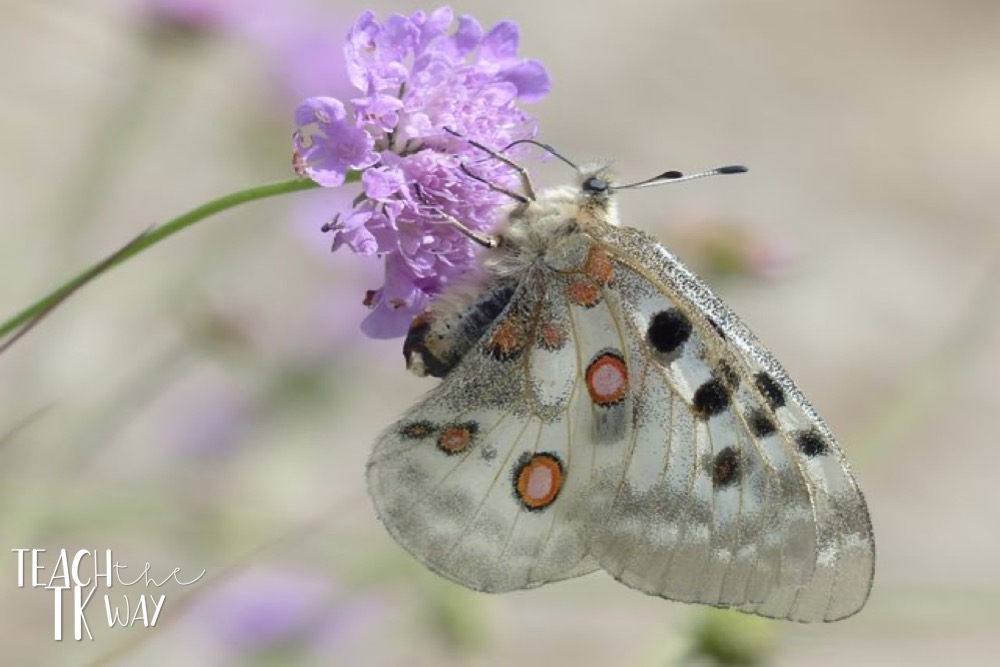
Our butterfly garden was created on a school campus shared with a local church society. We added a comfortable bench and a free little library. Our inspiration and hope were that others would enjoy the park-like setting and benefit from our learning space; bringing our communities together.
Create a Butterfly Garden:


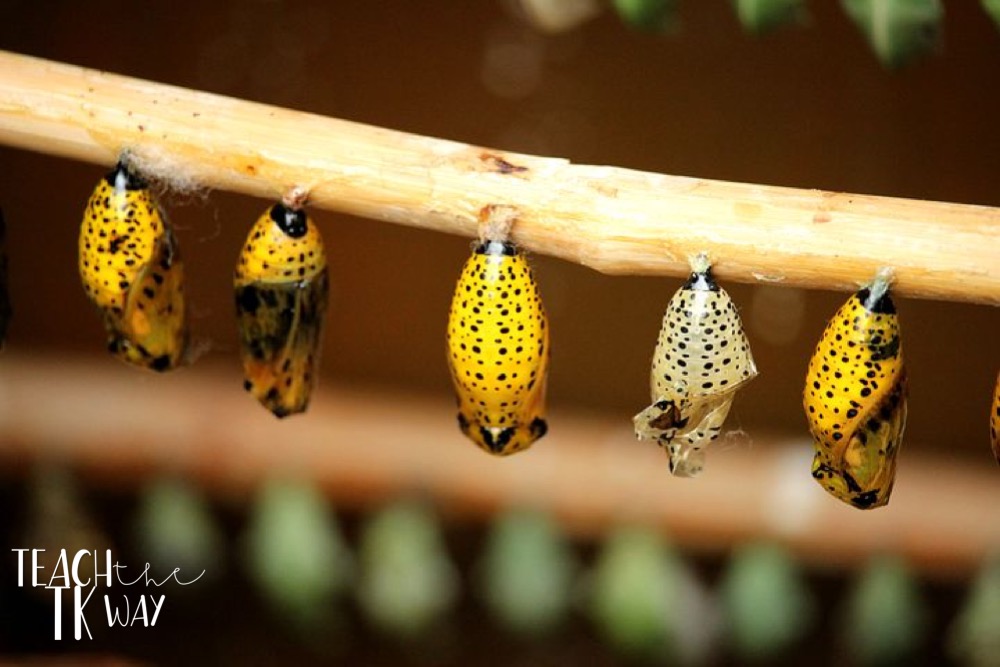

It’s All Prepped, Now what?

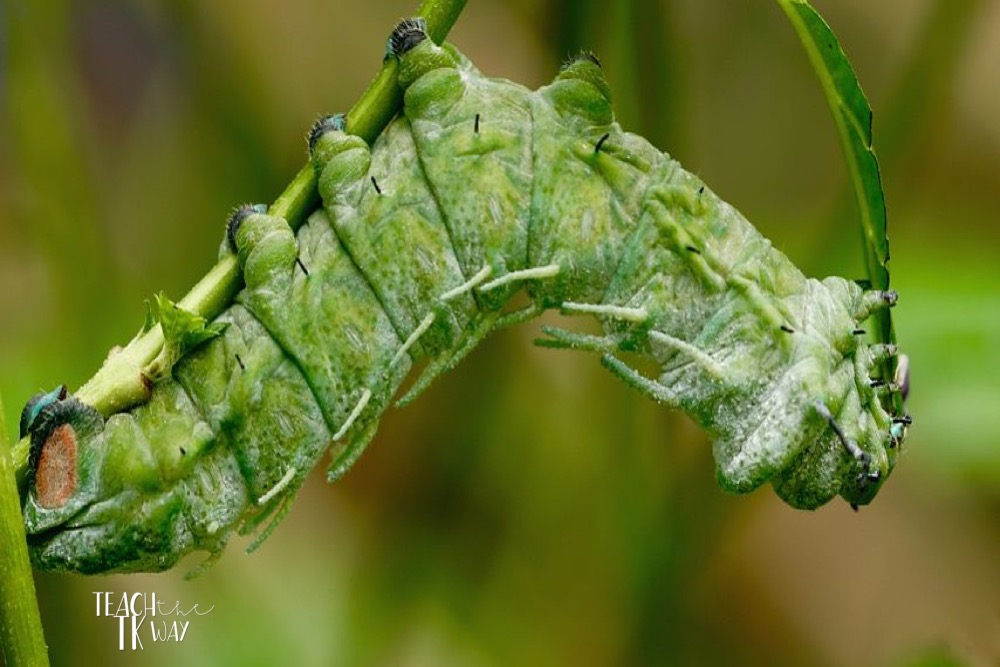

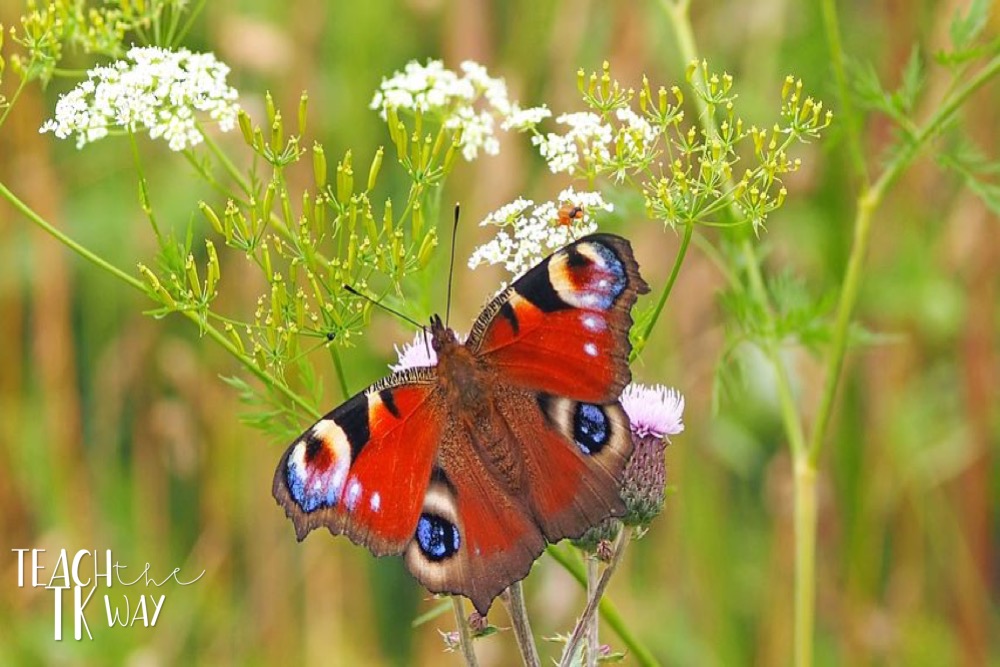
Certifying the Butterfly Garden:
Once the butterfly garden was complete and the children spent some time learning about the beneficial insects, the butterfly garden became certified. I reached out to the National Butterfly Garden Association to see what requirements were in place for certification. We had actually completed each of the requirements without realizing and were able to certify our butterfly garden in the first year. The National Butterfly Association sent a wonderful certificate and a sign for our space. The students were so pleased with their creation and proudly displayed that sign every year.
Nothing warms the heart more than seeing the area being enjoyed all these years later.
Bonus: Beneficial Insect Curriculum
If you are simply looking to enjoy your new space and the variety of beneficial insects it will surely bring, then please do so. My mantra is gardening should be a joy, not a chore, and add beauty to your life. My wish for you is that your new butterfly garden will enhance your space, your community, or your school.
If you are looking to enhance the curriculum you can add some of the beneficial insect science resources I’ve created. Learn more about your local wildlife. And create a lasting learning space you can begin your journey by downloading the Master Guide to Natural Classrooms here.

Or perhaps you want to dive deep into a unit about Butterflies? My friend Sarah at Little Learning Corner has a “Favorite Butterfly Books” post for you.
Inspired to create a butterfly garden in your space? Either to create a science center for your students or to enjoy some beneficial insects in your home garden. No matter what your reasoning, I am excited to know that you will all join me on the journey to saving our pollinators, and beneficial insects, and inspiring a love of learning in the communities you serve.
Until Next Time, Happy Learning, Ms. Tina 
Some of the links in this post are affiliate links. At no additional cost to you, I may receive a slight commission on specific products.



5 Responses
My partner and I stumbled over here coming from a different web address and
thought I might as well check things out. I like what I see so now i am following you.
Look forward to finding out about your web page for a second time.